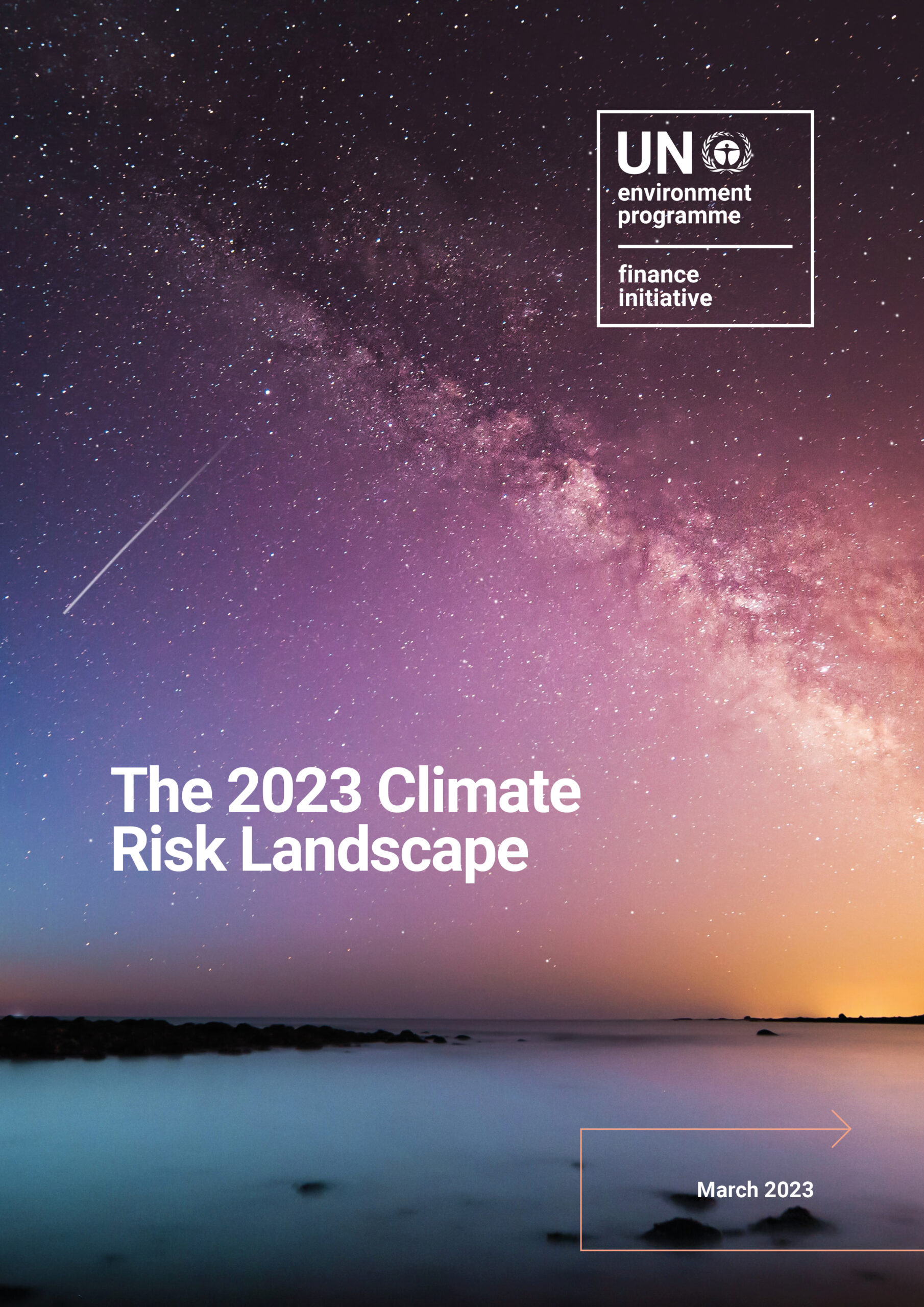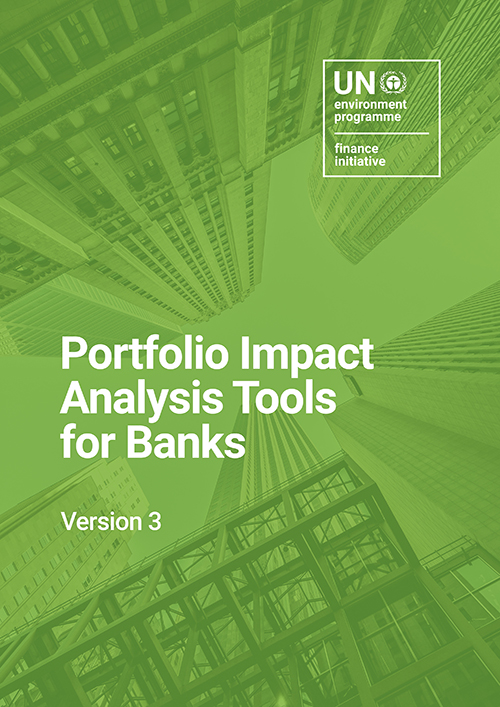To fulfil their commitment to the Principles for Responsible Banking, banks are required to undertake the following three steps:
| Step 1. Impact Analysis Signatory banks need to undertake a thorough impact analysis, and publicly report their findings. Through impact analysis, signatory banks come to understand the greatest positive and negative impacts as a result of their practices and policies. This forms a baseline for identifying where the greatest change can be achieved. More on this step… |
|
| Step 2. Target-setting and Implementation Signatory banks need to set milestones and define actions to meet the targets, as well as put in place a governance framework to oversee and ensure progress. Building on step 1, signatory banks must develop at least two targets that address the most significant impacts they have identified. The targets must be ambitious enough to objectively bring the bank’s business and portfolio into alignment with the respective Sustainable Development Goals and Paris Climate Agreement. More on this step… |
|
| Step 3. Public Reporting Signatory banks must report regularly in English on how they are implementing the Principles for Responsible Banking, the targets they have set and the progress made, using the reporting and self-assessment template. This should be part of their regular, annual reporting. Key elements have to be assured. Each bank’s reporting contributes to the collective progress report published every two years by UNEP FI. More on this step… |
Learn more about the 3 key steps and how to implement each Principle using the PRB Guidance Document.
Translation in Spanish, Portuguese and Chinese can be found here.
Guidance, tools and accelerators
Signatory banks have access to a number of guidance documents, tools, and accelerators to support their journey in the Principles for Responsible Banking:
- Individual feedback and Support process
- What’s next in 2024 in the Principles for Responsible Banking
- UNEP FI Holistic Impact Analysis tools
Capacity Building Programme
PRB Signatories commit to aligning their strategies and actions with sustainability goals, and the PRB framework provides a roadmap to achieve this objective. Since 2022, UNEP FI organises a wide range of capacity building activities to support signatories in implementing the framework.
These sessions include introductory sessions and deep dives into impact analysis, as well as target-setting for climate, financial health and inclusion, and resource efficiency. These activities give the opportunity to banks to ask questions, learn, and network with other signatories.
The PRB Capacity Building Programme is available for PRB Signatories only. Find out more about the programme here in the members’ area.
Individual feedback and support
All signatory banks have access to an individual feedback and support provided by UNEP FI. This takes a look at their implementation across their business and makes recommendations on steps the banks can take to further progress their implementation of the Principles.
An annual feedback and support meeting will provide substantial additional value to member banks through:
- Individualized, substantive and actionable feedback and advice,
- Progress assessment and benchmarking against practices of relevant peers,
- Guidance for banks experiencing challenges in delivering on their commitments and reassurance for banks that are on track,
- Targeted peer learning: connecting bank swith those peers whose practices and realities are most relevant for their next steps,
- Advice regarding which collective initiatives and working groups a bank would benefit from most.
Download the overview for more information. Member banks can learn more about this process in the Members’ Area or by contacting us.


